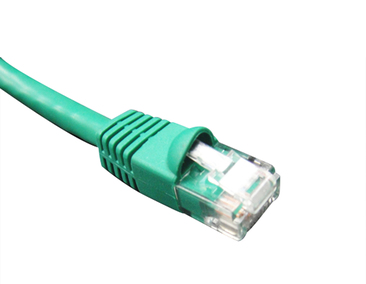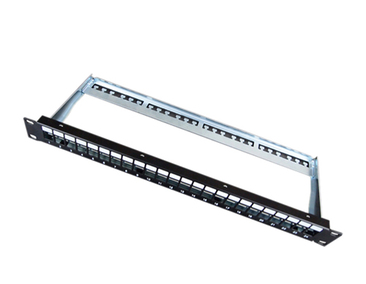
Optical fiber cabling will be the only network connectivity capable of supporting data rates of 50Gb/s and beyond in typical network applications. This can be demonstrated by referencing state-of-the-art 50Gb/s network switches. These new high-speed switches typically contain a 50Gb/s Application Specific Integrated Circuit (ASIC) designed to support 256 - 50Gb/s switch ports. For these large port counts, it is advantageous to aggregate 8 – 50Gb/s ASIC I/O ports to produce 1 – 400Gb/s optical switch ports. Aggregation reduces the number of switch ports from 256 – 50 Gb/s ports, to 32 – 400 Gb/s ports in a 1 RU form factor.

These high-speed high port density network switches have significant consequences on network connectivity. First, when used as a server switch, they require breakout cabling to physically separate the 8 – 50 Gb/s server ports from the 400 Gb/s switch port. Breakout cabling will comprise an MPO connector on one end, fanning out to 8 server duplex fiber pairs. A second consequence is a fact that 256 – 50 Gb/s servers will occupy anywhere from 4 to eight network frames. The reaches required to support 256 servers exceed the maximum reach of copper connectivity. Therefore, multimode fiber optic cable will ultimately replace copper as it becomes the most cost-effective solution for port breakout server connectivity.

The role of cabling manufacturers is to adapt to new customer requirements in terms of density, bandwidth, latency, and form factors. Clearly, there are different needs for the hyper scale than for enterprise data centers. Cables with larger fiber counts, with small primary buffer diameters, will find more applications. The use of stranded ribbon cables is a way that can allow operators faster installations. Cables with more accurate fiber length requirements not only save money for the customer but also facilitate the installation. The need for equalized optical length cables is already present for some fintech customers, whether that is standards lead or a government or financial authority requirement.


